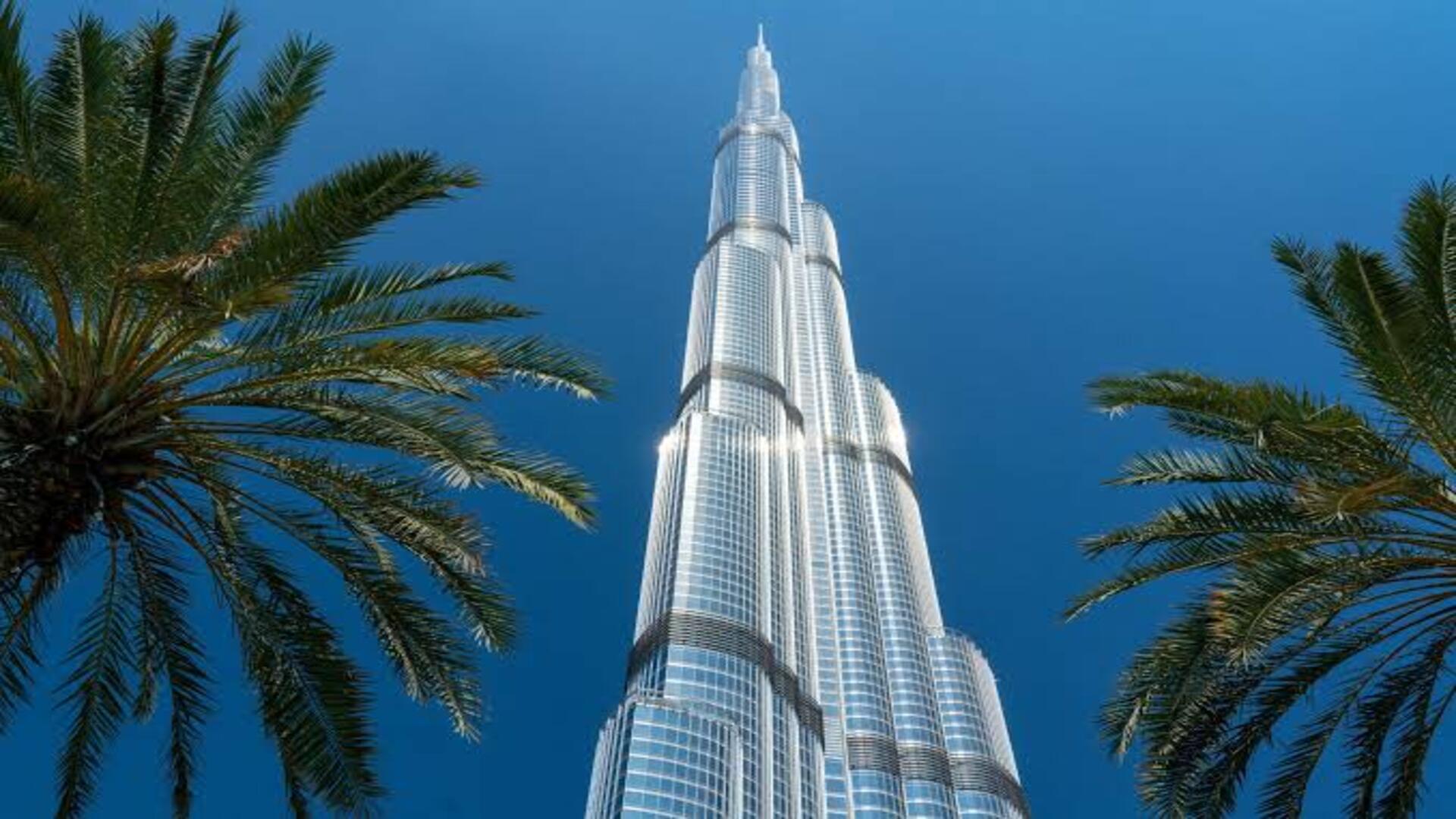
Cox’s Bazar, situated in the southeastern part of Bangladesh, is a jewel among the country’s tourist destinations, renowned for hosting the world’s longest natural sea beach. Extending along the azure waters of the Bay of Bengal for approximately 120 kilometers, this extraordinary beach is celebrated for its uninterrupted stretch of golden sands that glisten under the sun, its gentle, rhythmic waves, and its breathtaking natural beauty that captivates all who visit. However, Cox’s Bazar offers more than just its stunning coastline; it is a vibrant hub of cultural richness, steeped in history, and teeming with biodiversity. The area is a melting pot where nature, tradition, and heritage come together to create an unforgettable experience, making it an essential destination for travelers from around the globe who seek both relaxation and exploration. Whether you’re drawn by the serene beauty of its beaches, the fascinating history embedded in its land, or the diverse wildlife that calls this region home, Cox’s Bazar is a place that promises wonder and discovery at every turn.
Historical Background and Cultural Significance
The name “Cox’s Bazar” was derived from Captain Hiram Cox, an officer of the British East India Company who was assigned to the region during the late 18th century. Captain Cox was instrumental in establishing peace among the local communities, particularly between the Arakan refugees and the local population, during a period of unrest. In recognition of his efforts, the town was named after him following his death in 1799.
Before the arrival of the British, the area around Cox’s Bazar was known for its Buddhist heritage, with numerous ancient temples and stupas scattered throughout the region. The region was historically inhabited by the Rakhine people, who continue to preserve their unique culture and traditions to this day. This rich cultural tapestry adds a layer of depth to the natural beauty of Cox’s Bazar, making it a place where history and nature intertwine.
Natural Beauty and Major Attractions
Cox’s Bazar is celebrated not just for its extraordinary length but also for its stunning natural landscapes. The beach’s golden sands stretch as far as the eye can see, providing a serene setting for relaxation and reflection. The gentle waves of the Bay of Bengal, combined with the surrounding green hills and palm trees, create a picturesque environment that is both tranquil and invigorating.
**Inani Beach:** One of the most famous parts of Cox’s Bazar is Inani Beach, located about 32 kilometers south of the main town. Known for its rock-strewn shores and crystal-clear waters, Inani offers a more secluded experience compared to the busier main beach. The tranquil environment makes it an ideal spot for those looking to escape the crowds and enjoy the natural beauty in peace.
**Himchari National Park:** Located just 12 kilometers from Cox’s Bazar, Himchari is another popular attraction. It is renowned for its beautiful waterfall and lush green hills, which offer excellent opportunities for hiking and picnicking. The panoramic view from the top of the Himchari hills is breathtaking, providing visitors with a stunning vista of the sea, sky, and forest.
**Maheshkhali Island:** A short boat ride from Cox’s Bazar takes you to Maheshkhali Island, known for its ancient temples and natural beauty. The island is home to the Adinath Temple, a revered Hindu site, and the vibrant local markets add to the island’s charm. The island’s hilly terrain and mangrove forests offer a different kind of natural beauty compared to the mainland.
**Saint Martin’s Island:** Another must-visit destination near Cox’s Bazar is Saint Martin’s Island, the only coral island in Bangladesh. Located about 9 kilometers south of the tip of the Cox’s Bazar-Teknaf peninsula, this island is famous for its pristine beaches and clear blue waters. Saint Martin’s is a haven for marine life enthusiasts, offering excellent opportunities for snorkeling, scuba diving, and fishing.
Cox’s Bazar and its surrounding areas are rich in biodiversity, with several protected areas that are home to a variety of wildlife. The Teknaf Wildlife Sanctuary, located about 50 kilometers from Cox’s Bazar, covers an area of approximately 370 square kilometers and is known for its diverse flora and fauna. The sanctuary is home to endangered species such as the Asian elephant, Bengal tiger, and several species of deer and monkeys.
The coastal areas of Cox’s Bazar are also crucial habitats for marine life, particularly for endangered sea turtles. During the nesting season, these turtles come ashore to lay their eggs on the beaches, making the area an important breeding ground. Conservation efforts are ongoing to protect these turtles and their nesting sites, with local and international organizations working together to ensure their survival.
The region’s avian population is also notable, with Cox’s Bazar serving as a significant stopover for migratory birds. Birdwatchers flock to the area to observe a variety of species, from shorebirds to birds of prey, making it a popular destination for ornithologists and nature enthusiasts.
Tourism and Economic Impact
Tourism is the lifeblood of Cox’s Bazar, driving much of the local economy. The town’s infrastructure has seen significant development in recent years, with the construction of new hotels, resorts, and restaurants to accommodate the growing number of visitors. Each year, millions of tourists, both domestic and international, visit Cox’s Bazar, attracted by its natural beauty and cultural heritage.
The development of the tourism sector has brought about economic benefits for the local population, creating jobs and fostering business opportunities. Many locals are employed in the hospitality industry, while others benefit from the demand for local crafts, seafood, and other products. The tourism boom has also led to improvements in local infrastructure, including better roads, communication networks, and transportation services.
**Activities and Experiences:** Cox’s Bazar offers a wide range of activities for visitors, catering to different interests and preferences. Water sports such as surfing, jet skiing, and parasailing are popular among adventure seekers, while others prefer more relaxing activities like sunbathing, beachcombing, or taking leisurely boat rides along the coast.
For those interested in local culture, visiting the traditional markets, exploring the nearby villages, or attending local festivals provides insight into the region’s rich cultural heritage. The local cuisine, featuring fresh seafood and traditional Bengali dishes, is another highlight for visitors, with many restaurants offering a taste of the sea.
Environmental Challenges and Conservation Initiatives
The rapid growth of tourism in Cox’s Bazar has brought with it a host of environmental challenges. The area has seen an increase in pollution, particularly from plastic waste, as well as habitat degradation due to unplanned development. The pressure on natural resources has raised concerns about the long-term sustainability of the region’s environment and biodiversity.
In response to these challenges, various conservation initiatives have been launched to protect Cox’s Bazar’s natural environment. Local authorities, in collaboration with national and international organizations, have implemented programs aimed at reducing pollution, conserving wildlife, and promoting sustainable tourism practices. Public awareness campaigns are also being conducted to educate tourists and locals alike about the importance of preserving the natural beauty of Cox’s Bazar for future generations.
**Marine Conservation:** One of the key areas of focus has been marine conservation. Efforts are being made to protect the coral reefs and marine ecosystems around Saint Martin’s Island, as well as to prevent overfishing and other harmful practices. The government has also designated certain areas as protected marine zones, where human activity is restricted to minimize impact on the environment.
**Beach Clean-Up Initiatives:** Regular beach clean-up activities are organized by local NGOs, volunteer groups, and the government to address the issue of plastic pollution. These efforts are crucial in maintaining the cleanliness of the beach and protecting marine life from the dangers of plastic waste.
**Sustainable Tourism:** There is a growing emphasis on promoting sustainable tourism in Cox’s Bazar. This includes encouraging eco-friendly practices among tourists and businesses, such as reducing plastic use, conserving water, and minimizing waste. Some hotels and resorts have started implementing green practices, such as using renewable energy, recycling, and sourcing local, organic products.
The future of Cox’s Bazar as a world-class tourist destination looks promising, with ongoing efforts to enhance its appeal while preserving its natural environment. The government of Bangladesh, in partnership with private investors, has initiated several development projects aimed at improving the infrastructure and facilities in the region. These include the expansion of Cox’s Bazar Airport to accommodate international flights, the construction of new roads and highways to improve connectivity, and the development of new tourist attractions.
Cox’s Bazar’s potential as a major tourist destination extends beyond its beaches. The region’s rich cultural heritage, diverse ecosystems, and unique attractions like Saint Martin’s Island offer a wide range of experiences for visitors. There are plans to promote eco-tourism, cultural tourism, and adventure tourism, providing opportunities for visitors to explore the region’s natural and cultural diversity in a sustainable manner.
Cox’s Bazar is not just the world’s longest sea beach but a treasure trove of natural beauty, cultural richness, and biodiversity. Its golden sands, azure waters, and lush green hills offer a picturesque setting that attracts millions of visitors each year. However, the challenges posed by rapid development and environmental degradation must be addressed to ensure that Cox’s Bazar remains a sustainable and attractive destination for generations to come.
Through concerted efforts in conservation, sustainable development, and responsible tourism, Cox’s Bazar can continue to thrive as a global tourist hotspot while preserving the unique characteristics that make it one of the most beautiful and significant natural wonders in the world.

 A.B.M. Abir
A.B.M. Abir 
























